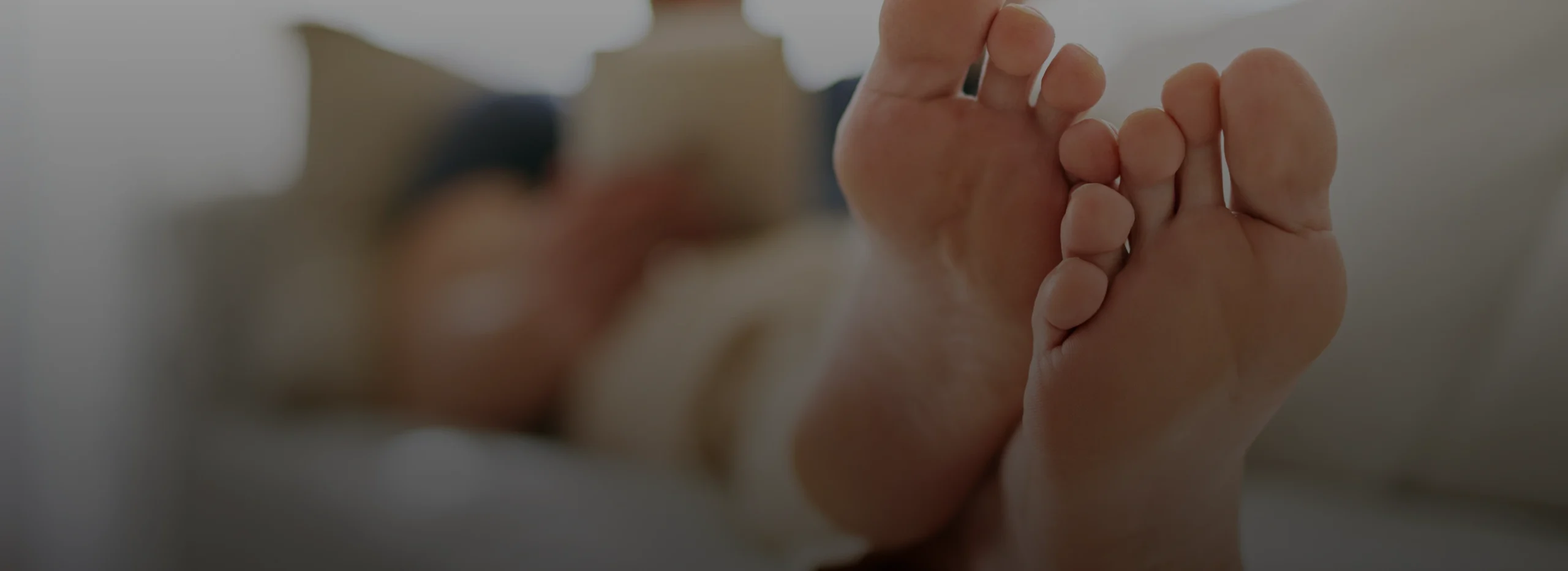
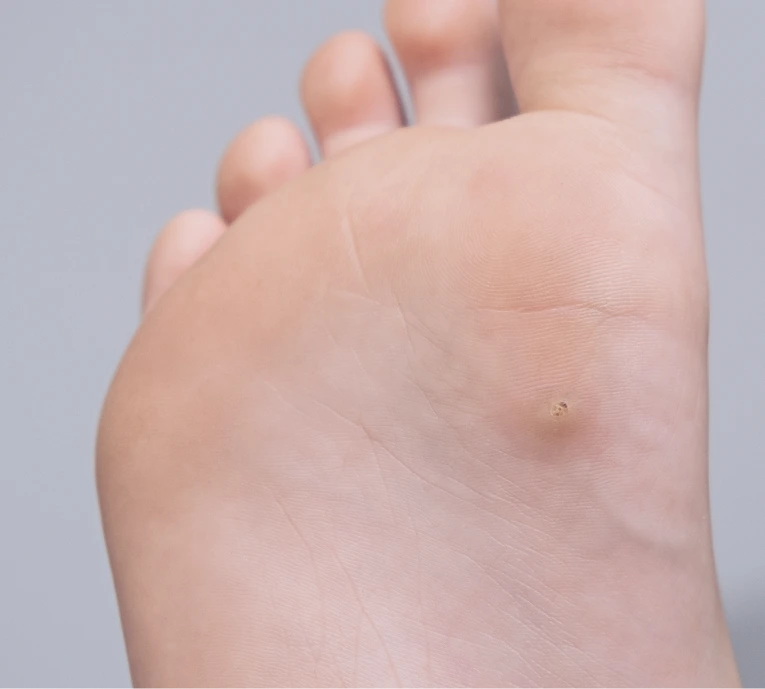
Preparation for plantar wart treatment begins with a thorough consultation to ensure an accurate diagnosis. During this meeting, Dr. Oganesyan evaluates the affected area to confirm that the growths are indeed caused by the HPV virus. Understanding the patient’s medical history and previous treatments is crucial. This careful assessment helps guide the choice of the most effective treatment method. Proper preparation ensures that the treatment targets the warts precisely, minimizing potential complications.
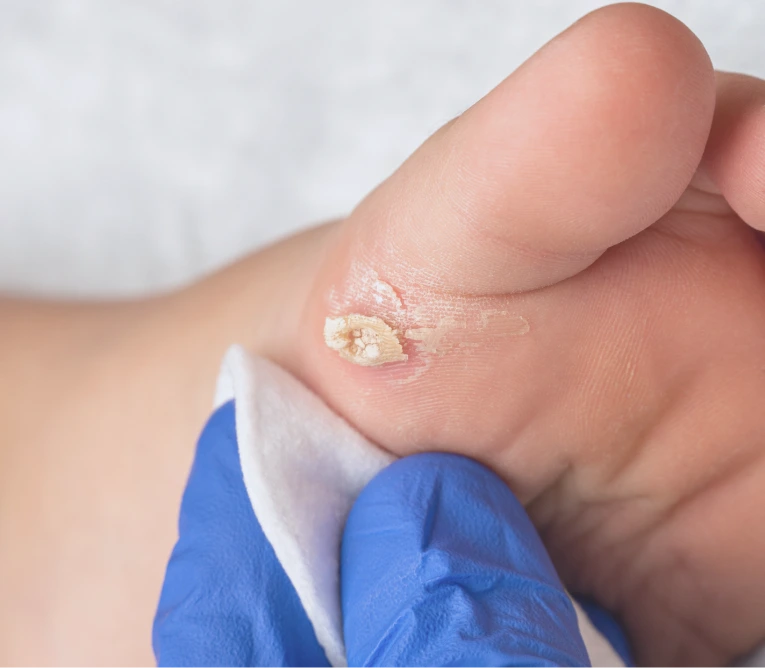
Surgical removal is a standard method of eliminating plantar warts by physically cutting them out. This option is typically considered when other treatments have failed or the wart is particularly large or persistent. The procedure allows for immediate removal and can be performed under local anesthesia to minimize discomfort. It provides a direct approach to clearing the wart while preserving surrounding healthy tissue.
Cryotherapy involves freezing the wart using liquid nitrogen to destroy the affected tissue. This method targets the wart by causing controlled damage to the infected skin cells, leading to their eventual shedding. Multiple sessions may be required depending on the size and depth of the wart. Cryotherapy is widely used due to its effectiveness and relative ease of application.
Electrocautery is a technique used to treat warts by burning the affected tissue with an electrically heated instrument. This method helps to remove the wart while sealing blood vessels to reduce bleeding. Electrocautery offers a precise way to treat warts, especially when they are resistant to other treatments, and can be performed in a clinical setting with local anesthesia.
Topical medications, including salicylic acid, are commonly used as over-the-counter treatments for plantar warts. These medications work by gradually peeling away the infected skin and encouraging the immune system to clear the virus. They offer a non-invasive option that patients can apply at home, although consistent use over several weeks is typically necessary for results.
MLS laser therapy is an effective treatment for plantar warts that uses focused light energy to target the infected tissue. Patients often do not experience pain during the procedure, making it a comfortable option. This therapy promotes healing by stimulating circulation and the immune response, helping to eliminate the wart without damaging the surrounding skin.
Soundwave therapy targets the blood vessels supplying the infected area, effectively cutting off the wart’s nutrient supply. This method encourages the wart to shrink and eventually disappear as it becomes starved of the necessary blood flow. Soundwave therapy is a newer approach that offers a non-invasive and promising alternative for stubborn plantar warts.
Recovery after plantar wart treatment varies depending on the method used, but it generally involves the natural healing from the wart-causing virus. Some procedures may cause a mild, painful sensation in the treated area, which typically subsides within a few days.
It can take a few months for the skin to recover fully and for the wart to disappear completely. During this time, proper care and hygiene are necessary to prevent reinfection or spreading the virus to other areas. Patience is essential, as the virus can sometimes persist beneath the surface even after visible warts have cleared.

Certain individuals are more likely to seek or require treatment for plantar warts based on various factors. The groups of candidates include:
Effective treatment of plantar warts can improve comfort and overall foot health. Addressing these growths helps prevent further complications and supports better mobility. The key benefits include:
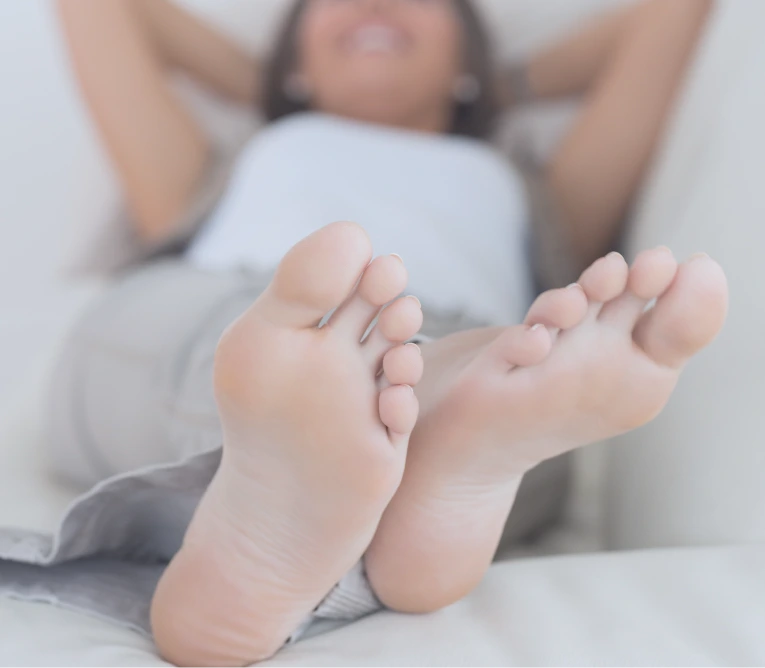
Revive Hand and Foot Institute offers plantar wart treatment that leverages cutting-edge technology under the professional care of Dr. Oganesyan. This approach ensures precise targeting of the affected tissue while minimizing discomfort and recovery time. Our emphasis on advanced methods reflects a commitment to effectiveness and patient comfort. Every treatment plan is tailored with attention to detail, focusing on long-term results rather than quick fixes. This thoughtful and innovative approach sets us apart in managing stubborn plantar warts
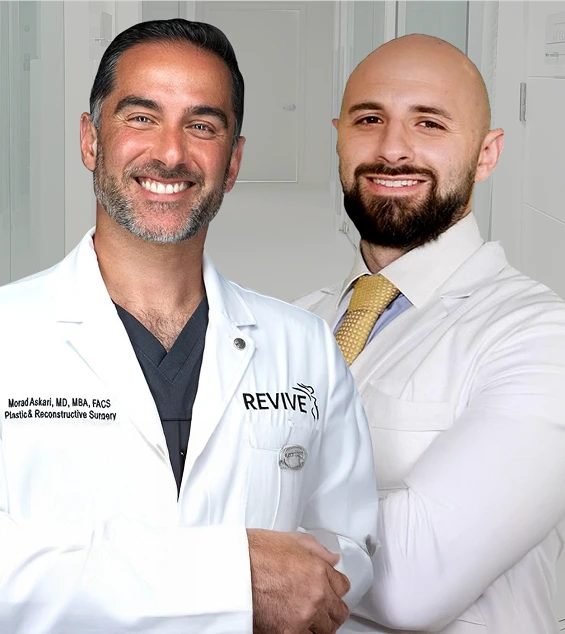
The virus enters the skin through small cuts, breaks, or abrasions on the feet, allowing the HPV to infect the area. These openings provide an entry point for the virus to settle and develop into plantar warts, especially in environments where the virus is commonly present.
To reduce the risk of plantar warts, it is advisable to wear shower shoes or flip flops in communal areas, such as locker rooms, public showers, and swimming pools. Since plantar warts result from a specific HPV strain that is not sexually transmitted but can spread through direct contact, protecting the feet in these environments helps prevent the virus from entering the skin. Additionally, some providers recommend tape occlusion as a preventive method to limit wart spread, though maintaining good hygiene and avoiding walking barefoot in public areas remains the most effective strategy. Patients who do not follow these recommendations are at an increased risk of infection.
Warts are caused by HPV infection, and having pesky warts on the feet can increase the risk of developing other foot conditions. These growths may lead to irritation, secondary infections, or discomfort that affects walking and overall foot health. Managing plantar warts promptly helps reduce complications associated with these related skin issues.
Yes, warts can appear in various forms on different body parts. Besides plantar warts, common warts are frequently found on hands and fingers. Genital warts are a distinct type caused by different strains of HPV. Other varieties include flat warts, filiform warts, and periungual warts, which develop around the nails. Each type has unique characteristics, and they can affect the body differently.
Yes, our practice serves patients from North Miami Beach and the surrounding communities, providing specialized care for plantar warts and other foot-related conditions.